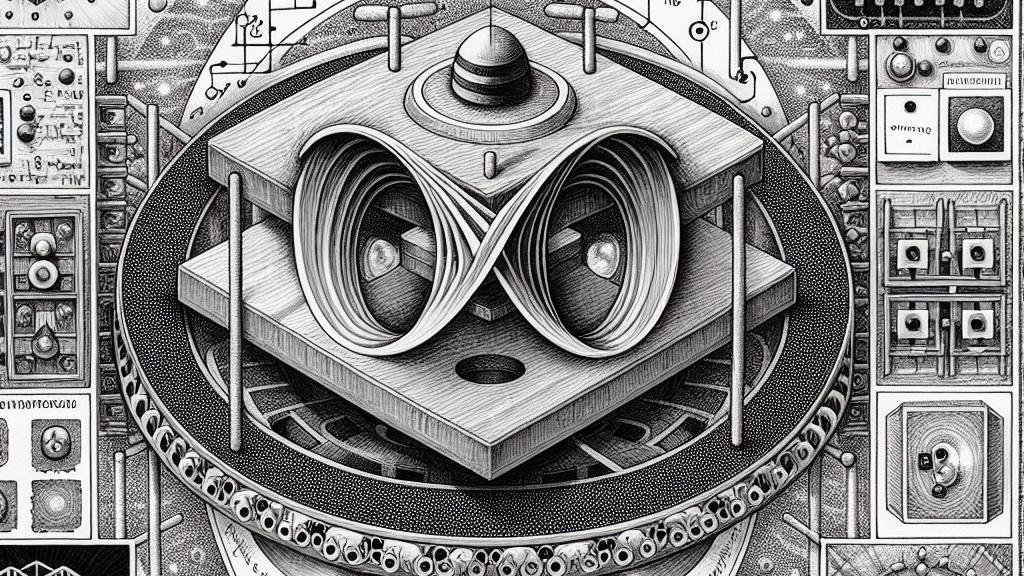Recreating the Fundamental Quantum Model with Nanographenes
Overview
- Cutting-edge research showcases the use of nanographenes to brilliantly manipulate electron spins, marking a transformative moment in quantum technology.
- These artificial quantum materials, intricately designed from unique nanographenes, exhibit exceptional behaviors that promise to change the future of computation.
- The exciting potential of this groundbreaking work lies in its ability to revolutionize quantum computing, leading to machines that are not only faster but also significantly more efficient.

Exploring the Intriguing Realm of Quantum Computing
Quantum computing is an exhilarating frontier that redefines how we think about computation. Traditional computers rely on bits, the binary units of information that can either be a 0 or a 1. In stark contrast, quantum computers leverage qubits, an enigmatic element that can exist in multiple states at once due to a fascinating property known as superposition. Imagine flipping a coin; while it spins, it’s neither heads nor tails—it embodies a blend of both until it lands. This powerful ability allows quantum systems to perform complex calculations at astonishing speeds, vastly outpacing current supercomputers. Nevertheless, a significant hurdle persists: ensuring qubits can effectively communicate. Achieving this requires an intricate dance of controlled interactions, akin to harmonizing a beautiful composition where every note resonates perfectly with the others.
Nanographenes: A Remarkable Scientific Breakthrough
In an exciting development, researchers at the Empa institute in Switzerland have ingeniously utilized the distinctive properties of nanographenes to achieve controlled electron spin interactions. For example, they focused on Clar's Goblet, a striking and innovative carbon structure that features an elegant hourglass shape. By meticulously arranging these goblet-shaped nanographenes onto a gold substrate, scientists crafted a controlled environment where electron spins could engage as theorized by the legendary physicist Werner Heisenberg nearly a century ago. This achievement not only affirms long-cherished theories but also provides researchers with a practical platform for exploring the complexities of spin dynamics. By transforming theoretical concepts into tangible experiments, it significantly bridges the gap between abstract physics and applicable technologies.
The Radically Transformative Future of Quantum Technology
The implications of this research extend beyond mere academic interest; they herald a new era for the potential of quantum technology. By establishing efficient connections amongst qubits, this breakthrough fosters the possibility of unlocking quantum computers' true power, paving the way for them to tackle challenges that once seemed insurmountable. Envision quantum computers capable of analyzing vast datasets in the blink of an eye, ushering in remarkable advancements in personalized medicine or efficiently solving complex logistical hurdles across industries. Furthermore, the ability to simulate chemical interactions with peerless precision promises to revolutionize the discovery of new materials and drugs, greatly enhancing our quality of life. As researchers deepen their understanding and refine their techniques, we stand on the verge of a quantum revolution—a seismic shift that not only reimagines computational prowess but also fundamentally enhances our engagement with science and technology itself.

Loading...